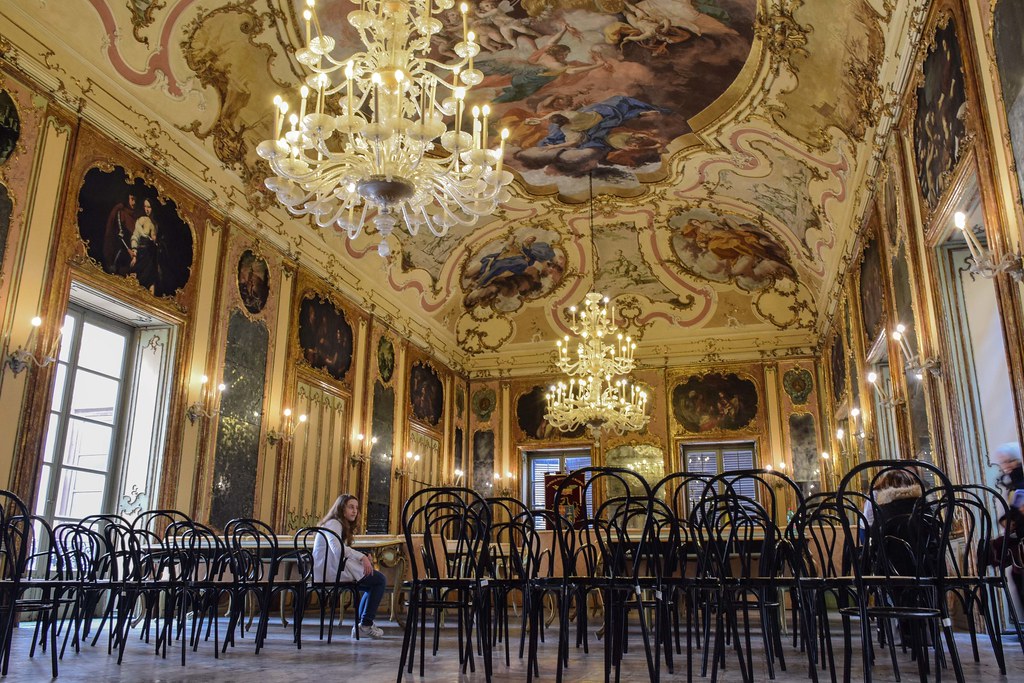BEETHOVEN “THE SPANIARD”
Celebrating the 250th Anniversary of the immortal genius of music, I have
chosen a program that explores the relationship between Beethoven and
Spain. It was the time following the American War of Independence when the
ideas of liberty, equality and fraternity were driving defiance of the old regimes
of Europe. The French revolution then catalyzed periods of political turmoil
which culminated in a dictatorship under Napoleon, who brought many of its
principles to areas he conquered in Western Europe and beyond.
The artistic responses to Napoleonic times wavered between admiration and
horror: Beethoven in music, Goya in art.
Many parallels have been traced between the genius of Bonn and the Spanish
painter (1746, Zaragoza- 1828, Bordeaux) although they never met and were
probably unaware of each other’s existence. Their lives did, however, have
much in common: their being at one with the zeitgeist at the start of their
careers, similarities in their social milieu, the political convictions they formed
during the Napoleonic wars and, most of all, their creative response to hearing
loss in the supremely personal work they produced towards the end of their
lives.Beethoven’s disillusionment is legendary, as is his music inspired by the
Emperor. Goya’s politically incendiary depictions of war, considered the
tortured psychological visions of an isolated recluse, revealed his struggle to
deal with a chaotic and rapidly changing world.
Besides the resemblance of these two characters, there was a constant interest
that Beethoven showed in news coming out of the “south.” Beethoven was
always intrigued by the figure of Egmont (a Dutch hero fighting the Spanish
occupation from Goethe’s play). His only Opera, “Fidelio,” is set in Seville
and one of his characters is named Pizarro (Spanish conquer in the 16th
century). Three of the Songs of Various Nationalities Wo0 158 are in Spanish;
apparently he was overjoyed at news of Napoleon’s defeat in Spain in 1814,
and interestingly Beethoven was known in Vienna as “The Spaniard” because
of his dark complexion, short stature compared with the average Germanic
type and a turbulent and very passionate temperament.
Another character of Beethoven’s scenario that deserves attention is Marianne
von Martínez (1744, Wien- 1812, Wien). Her father, was born in Naples but
had Spanish origins and her mother was German. She studied with the poet
Pietro Trapassi (Metastasio), Nicola Porpora and Joseph Haydn (who admired
her and called her “the little Spanish”) and became an active and highly
accomplished performer and composer. In fact, she was the favorite of the
Emperor Maria Theresa from Austria.
Marianna and her sister hosted musical soirees at their home. These weekly
musical events attracted many distinguished guests, like Haydn, Beethoven
and Mozart, who composed four-hand piano sonatas to perform with
Marianne. Though she was very famous, she never sought an appointed
position; it would have been unacceptable for a woman in her social class to
seek such employment.
The Spanish part of the program has been conceived to show the
development of the compositional style: from the early Scarlattiesque keyboard
school (Soler, Montero, M. Pérez de Albéniz) to Pedro de Albéniz, the
composer who represented the bridge between the Classicism and the
Romanticism in Spain, as Beethoven had just done in Europe.
-Sonata no78 in F sharp minor (5’) A. Soler (1729-1783)
-Sonata no1 in A Major (6’) J. Montero (1740-1815)
-Sonata in D Major (5’) M. Pérez de Albéniz (1755-1831)
-Sonata in E Major (8’) Marianne von Martinez (1744-1812)
I.Allegro II.Andante III.Presto
-Sonata no8 Op.13 in C minor “Pathétique” (20’) Ludwig Van Beethoven (1770-1827)
(1798) I. Grave; allegro di molto e con brio. II. Adagio cantabile. III. Rondo: allegro
——————————————————————————————- —————————
-Nocturno“Isla de la cascada de Aranjuez” in C Major (6’) Pedro de Albéniz (1795-1855)
-Sonata no21 Op.53 in C Major “Waldstein” (27’) Ludwig Van Beethoven (1770-1827)
(1803-18
04) I. Allegro con brio II. Introduzione: Adagio molto III. Rondò: Allegretto grazioso





